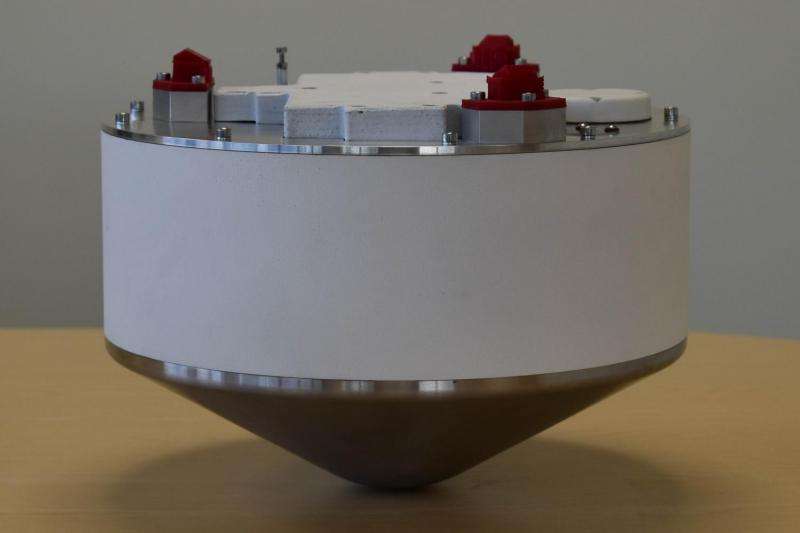Image: Taking it to the Supermax

What better way to test supersonic parachutes than strapping one to a rocket? One experiment is going to do just that on Thursday's Maxus-9 suborbital rocket.
The SUpersonic Parachute Experiment Ride on MAXus, or Supermax, is being given a piggyback on Maxus-9, lifting off from Esrange Space Center in Kiruna, Sweden on 6 April. Sounding rockets are launched to the edge of space and free fall back to Earth, allowing experiments to run in weightlessness before landing.
In the case of Supermax, the test vehicle is hitching a ride. Unlike the other experiments, the capsule will detach after the Maxus solid-propellant motor burns out. It will travel separately to the highest point of 715 km before falling back under the pull of gravity to reach twice the speed of sound. The 1.25 m-diameter supersonic parachute will then deploy at an altitude of 20 km to stabilise it for a soft landing. An onboard computer will record data and images.
Supermax aims to demonstrate the use of suborbital rockets as platforms for testing supersonic parachutes. Researchers from the UK's Vorticity Ltd and Fluid Gravity Engineering Ltd have already run experiments in wind tunnels. Though effective, wind tunnels and some rockets are expensive to employ. Piggybacking on a sounding rocket could be a more cost-efficient approach for testing future supersonic parachutes.
Provided by European Space Agency



















